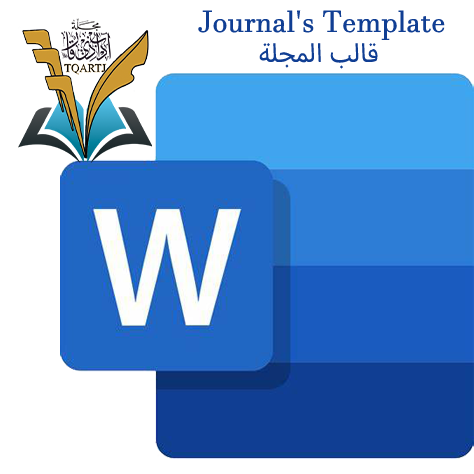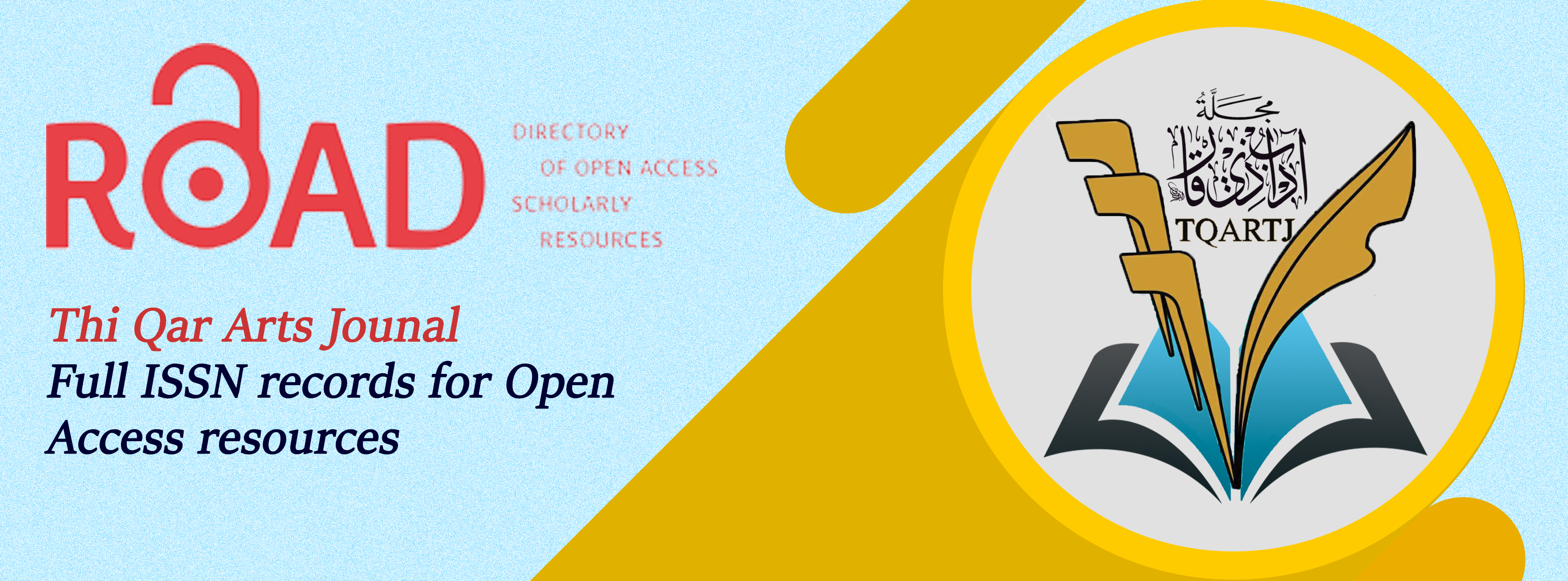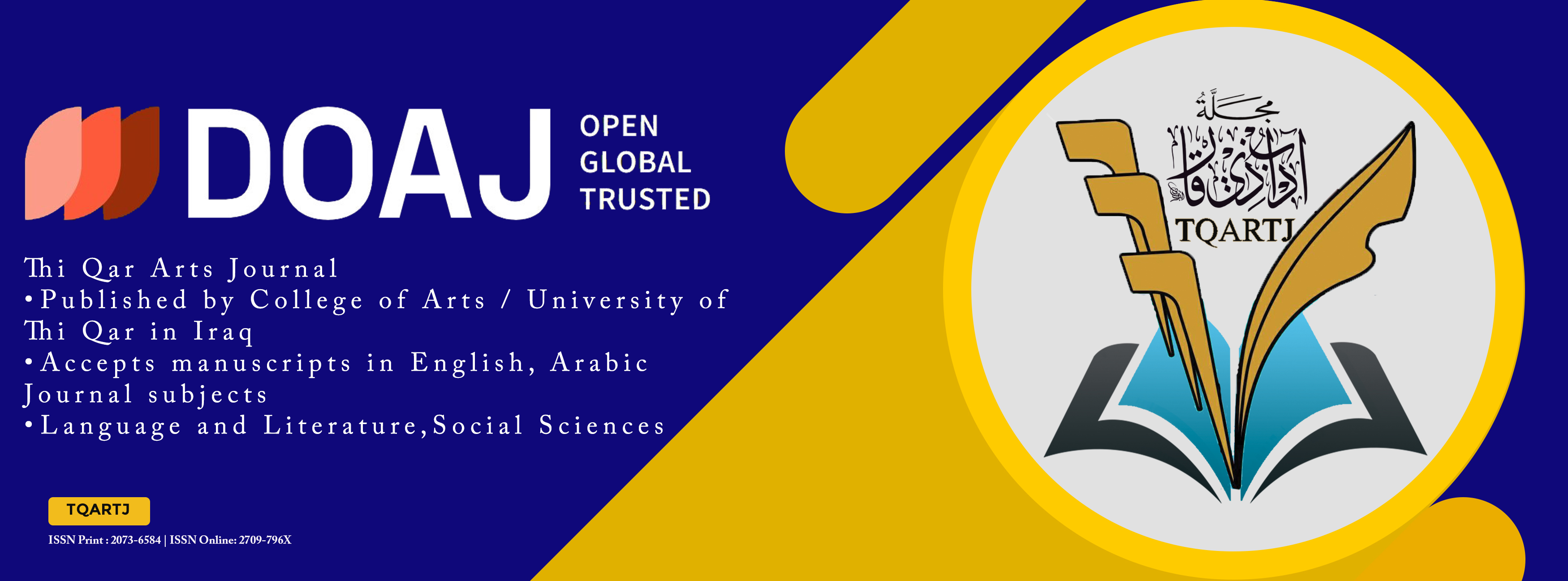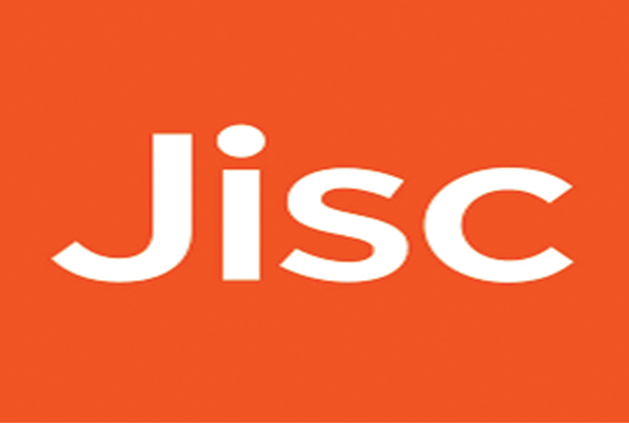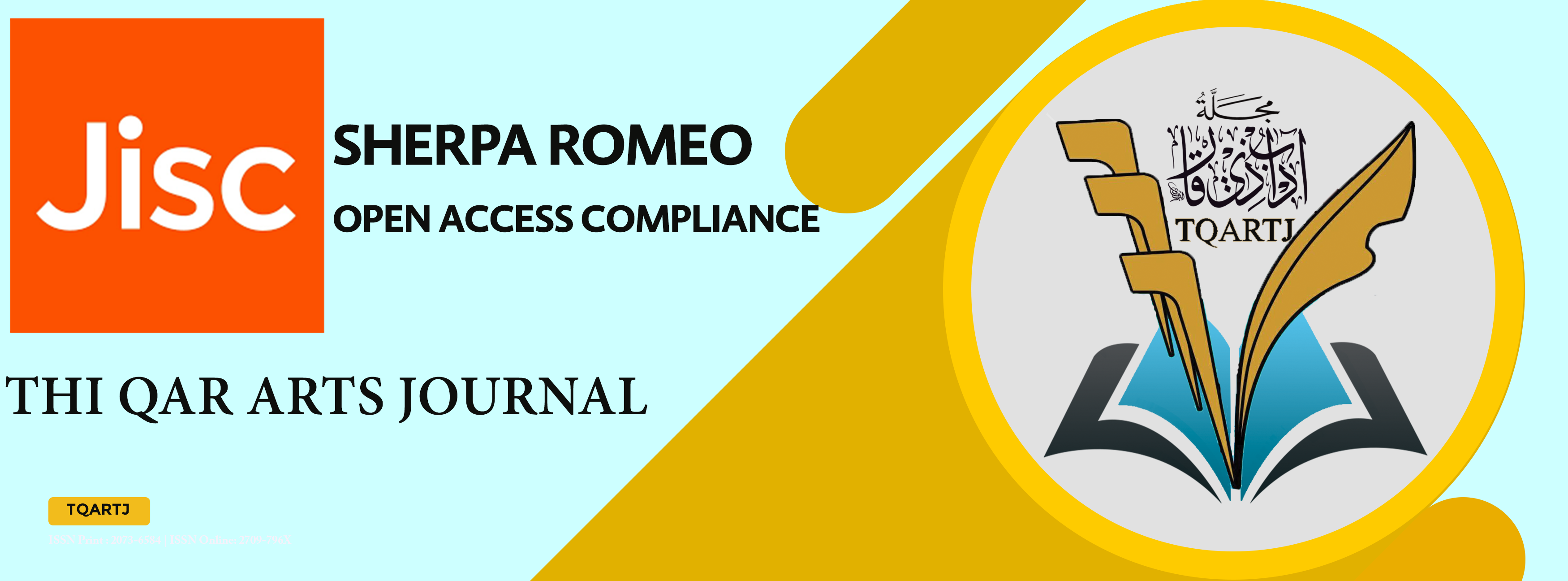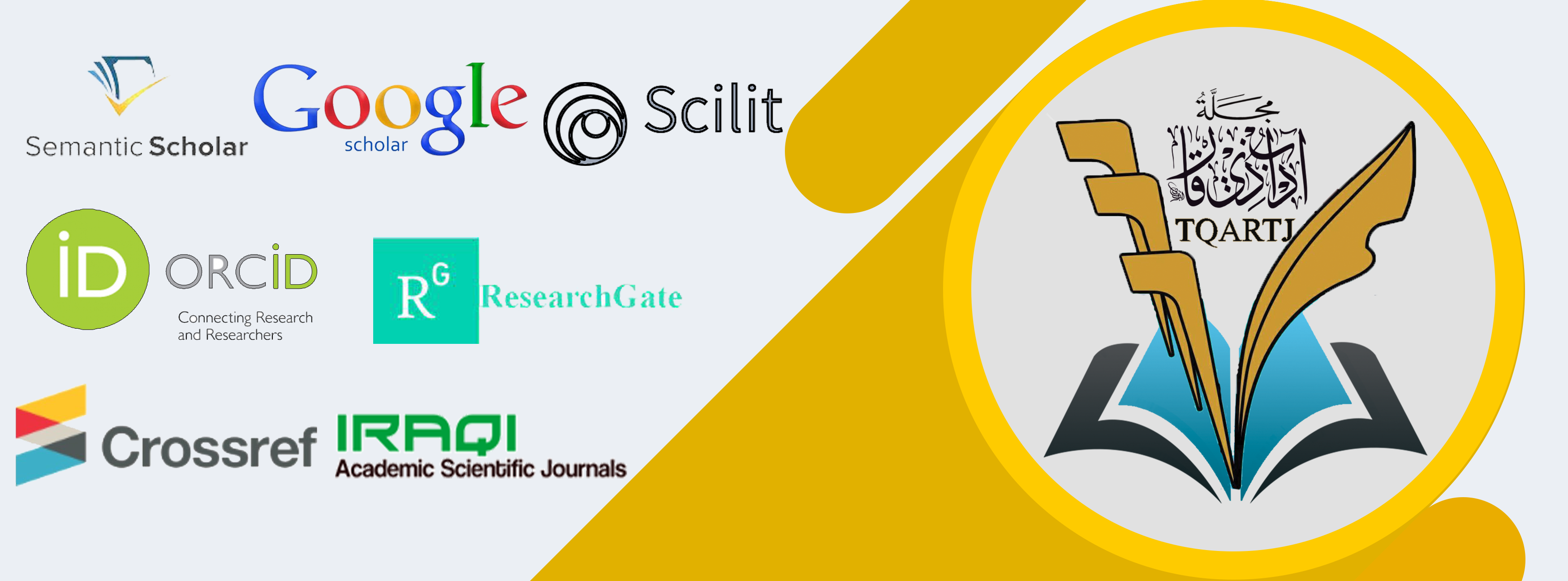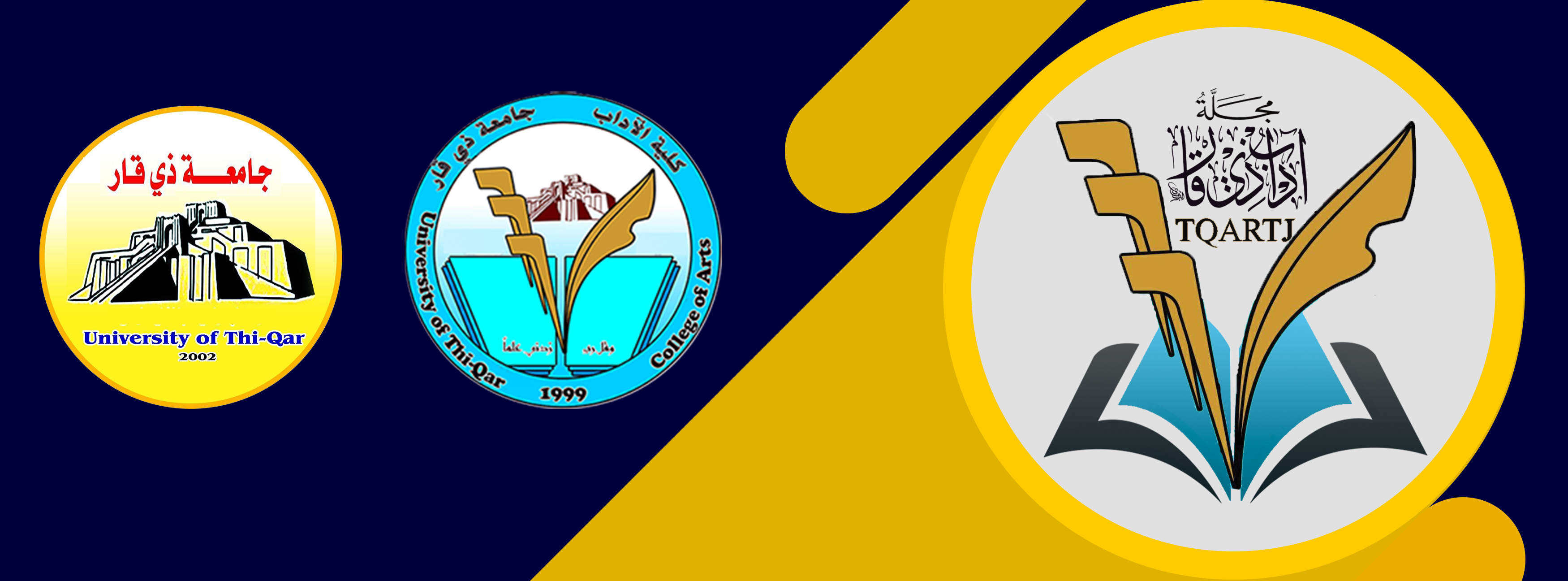The Semantic and Rhetorical loads of Analogy in the Holy Quran
DOI:
https://doi.org/10.32792/tqartj.v51i6.855Keywords:
: loaded meanings semantic loads, Analogy, simile, representation, purpose, QuranAbstract
This research attempts to establish a distinction between the terms simile, metaphor, parable, and analogy, presenting a qualitative classification based on the characteristics of each type. This is achieved by examining their tools, modes of construction, and the states of the compared elements, whether explicit or implicit, singular or composite, congruent or approximate, transferred or claimed. It proposes analogy as a proposed term.
The research proposes the term "Analogy" for instances that fall within metaphorical usage in the form of non-conventional parables, as well as for cases within the figurative simile where the composite elements of the imagery are not explicitly stated. It seeks to derive characteristics unique to these types, and by these characteristics it distinguishes itself from other rhetorical arts based on simile.
The researcher has established that analogy is a parallel representation carried on connotation, in which the requirements leading to simile are absent, and in which the context and situation are active until one of its two sides leads to the other, so it is settled on a single meaning, in which the conditions of both sides overlap. In this way, it differs from the similar arts of simile; so the connotations had a clearer effect on its construction. The research endeavored to conduct its applications on the Holy Qur'anic text, after being reassured of the effectiveness of the cognitive, psychological, historical and current connotations therein.
Downloads
References
القرآن الكريم.
• أسرار البلاغة، أبو بكر عبد القاهر بن عبد الرحمن بن محمد، الجرجانيّ، قرأه وعلق عليه: محمود محمد شاكر، (د. ط)، مطبعة المدني بالقاهرة، دار المدني بجدة، (د.ت).
• إعراب القرآن وبيانه، محيي الدين بن أحمد مصطفى درويش، ط4، دار الإرشاد للشؤون الجامعية، حمص، 1415هـ.
Published
Issue
Section
License
Copyright (c) 2025 Dr.Yasin Tahir Ayez

This work is licensed under a Creative Commons Attribution 4.0 International License.
The journal applies the license of CC BY (a Creative Commons Attribution International license). This license allows authors to keep ownership of the copyright of their papers. But this license permits any user to download, print out, extract, reuse, archive, and distribute the article, so long as appropriate credit is given to the authors and the source of the work. The license ensures that the article will be available as widely as possible and that the article can be included in any scientific archive.




